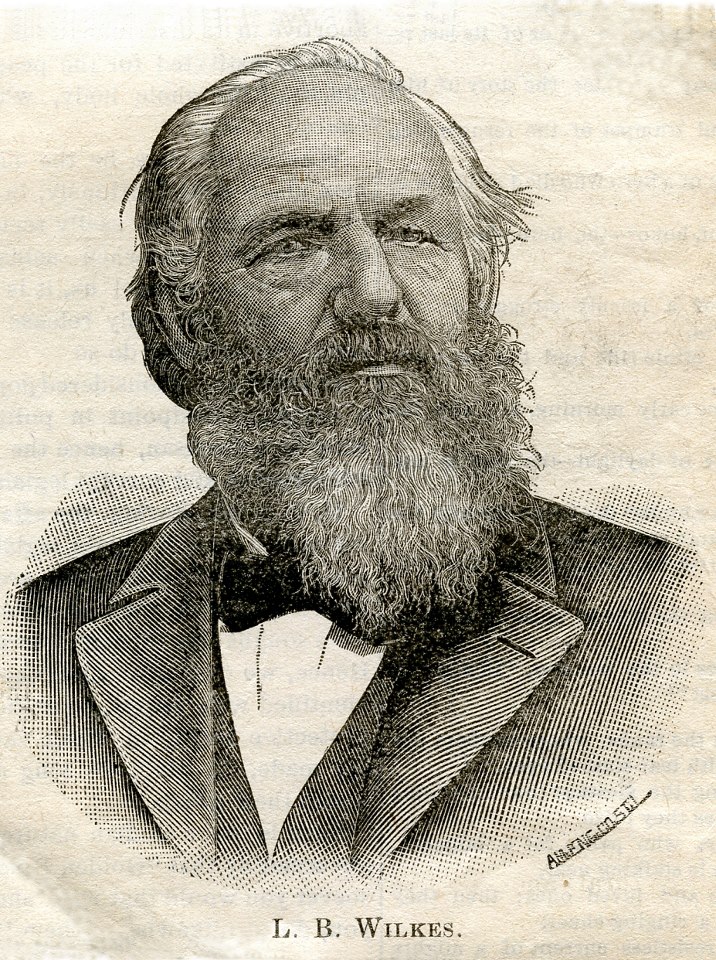Lanceford Bramblet Wilkes
1824 - 1901
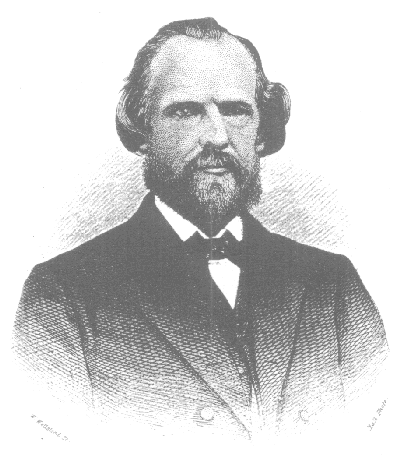
Lanceford Bramblet Wilkes was more commonly known as L. B. Wilkes. (Note: His first name is spelled "Lansford" or "Lanceford" in The Millennial Harbinger, edited by Alexander Campbell and W. K. Pendleton respectively.) Wilkes was a significant leader in the American restoration movement of the latter half of the 19th century. According to the premier historian of the restoration movement, Earl I. West, Wilkes was born in Maury County Tennessee on March 27, 1824. He died May 1, 1901.
His family moved to Missouri when L. B. was five, and there he grew up. He was exposed to the gospel as proclaimed by J. M. Wilkes and J. H. Haden, and was immersed by Wilkes in the James River near Springfield, Missouri in August of 1848 at the age of twenty-four.
The following year he entered Bethany College, but under the persuasion of Haden, he soon returned to Missouri and ultimately graduated from State University there. West described Wilkes as follows:
"Wilkes was of sallow complexion, with light hair and blue eyes, weighing one hundred sixty pounds. ... He possessed a well-disciplined mind richly stored with great knowledge which probably made him a great candidate for an editor's post on the Apostolic Times while plans were yet in their formative stages" (West II.74).
The illustrious names associated with the Apostolic Times clearly shows the high esteem in which the forty-five year old Wilkes was held when the paper made its debut in 1869. He was linked with such notables as: Moses E. Lard, J. W. McGarvey, W. H. Hopson, and Robert Graham.
In a series of articles that appeared in Moses Lard's journal, Lard's Quarterly, Wilkes demonstrated his careful perception of biblical information, a skilled reasoning ability, and an awareness of radical critical philosophies. He did not shrink from meeting error and employing his unusual abilities to demolish it.
Between March 1864, and October 1864, the following Wilkes' articles appeared in Moses Lard's Quarterly.
A Review of Thomas Munnell's, "Do the Unimmersed Commune?" (1.300ff).
A Second Response to Munnell (II.38ff).
Unclean Spirits and Demons (II.288ff).
Creeds (III.155ff).
Renan (III.320ff).
The Three Modes (IV.64ff)
Union of Church and State (IV.123ff
"It Is the Power" (IV.381ff).
Like so many of the "restorationists," Wilkes could write with a sweetness of spirit combined with a sprinkling of pepper. For example, in his second review of Munnell's ideology, namely that the unimmersed are entitled to communion, Wilkes wrote:
"The same fine spirit and high Christian bearing that characterized his former article are found in this. I am inclined to think, therefore, that, if no good has been done by the previous discussion, no evil is likely to ensue. But I hope much good will result to us for our work of faith and labor of love." Then later: "Could I see my brother face to face, I should chide him a bit for some naughty things his piece contains" (1864. 38-39).
Wilkes greatly endeared himself to the pioneers of the restoration movement by a series of discussions with the renowned Methodist debater, Jacob Ditzler. One of these debates, conducted in Louisville, Kentucky, was published (1871). As West noted: It "shows Wilkes' scholarship, thoroughness and greatness" (II.74).
L. B. Wilkes also excelled as an educator. He and his friend, W. H. Hopson conducted a Female Academy at Palmyra, Missouri. He also was appointed president of Christian College in Missouri on July 4th, 1856.
He did local preaching work in Hannibal, Missouri and in Springfield, Illinois. He likewise was effective as an evangelist in gospel meetings. A report under the caption, "News From The Churches," in a contribution made by J. J. Errett of Clarksville, Missouri, dated August 7th, 1855, this statement was made:
"I send you herewith an item of news in regard to the success of the gospel in this (Pike) county, during the last four weeks. At Louisiana there were 3 additions; at Clarkesville 25; at Paynerville 55. Bro. L. B. Wilkes, of Palmyra was the chief speaker...." (Errett, 599).
Interestingly, there once was a brief exchange between Wilkes and the illustrious W. K. Pendleton, twice son-in-law of Alexander Campbell, and successor principally to the Campbell legacy at Bethany. Pendleton, who had assumed the editorship of The Millennial Harbinger in 1864, had made a statement that contained this sentiment: "Piety is more than orthodoxy, and in many places churches are more defective in right doing than in right thinking."
Wilkes was provoked at the statement and responded: "Let me call the attention of Bro. Pendleton to an item in the foregoing extract. He says, Piety is more than orthodoxy...How is it more? Is it more important? Of the two infinities, it can not be said that one is greater than the other. Of two essentials it ought not to be said that one is greater than the other...." (Wilkes, 1869, 396).
Pendleton took offense at the admonition, and wrote a significant response, protesting that Wilkes had misunderstood the nature of his remark. Whether he had or not is an open question.
It is well-known among students of the restoration movement that Pendleton pioneered some of the innovative ideas that led to a degeneration of the movement and eventually resulted in the split that undermined a previously united effort. In an article in the November, 1866 issue of The Harbinger, Pendleton repudiated the long-standing restoration principle that biblical silence regarding a practice is prohibitive (see: West, 69). Authority is required for a practice; silence is not permissive.
Wilkes wrote a book titled, Moral Evil, which was published in 1892 by the Christian Publishing Company of St. Louis.
An example of Wilkes' deep level of spirituality is found in Earl West's Search for the Ancient Order, as Wilkes describes the prayer of Jacob Creath on a Sunday morning in 1854, as the two, after a night of showers, had a private devotional in a wooded area near Lagrange, Missouri. Here is a brief excerpt:
"Here beneath the tall trees, the air full of the music of glad birds and redolent with the odors of thousands of flowers, all praising God, brother Creath said, 'Let us pray.' We fell on our knees and O such a prayer! The earth had drunk up her rain and all nature seemed to be refreshed and happy. Every leaf and flower and bird and being in nature seemed to be striving its utmost to magnify God." (1.124).
In his mature years (likely around 1880), due to family health problems, Wilkes migrated to California and settled in Stockton, close to his brother Peter, who I believe was an attorney. These men were significant influences in the Stockton church.
On the evening of May 1, 1901, the Stockton newspaper, The Daily Record, had this front page notice:
"REV. WILKES DEAD. Well Known and Highly Respected Citizen Passes Away at 1 O'Clock This Morning." The article goes on to report that after a lingering illness, L. B. Wilkes, who had resided in Stockton for more than twenty years, quietly expired. He was described as "prominent in theological circles, having been a minister of the Christian church until ill health caused his retirement, and even then he continued to take an active interest" in the affairs of the church. He was depicted as "an exceptionally well read man" who "had a way of expressing his opinions in a manner which attracted attention.... Wilkes was a man respected by all who knew him."
The funeral service was conducted the following afternoon at the church building on the corner of Lindsey and California Streets in the heart of downtown Stockton. Many of the Stockton "clergy" attended the service out of respect for Wilkes.
The Wilkes family plot is in Stockton, California's old "Rural Cemetery." The lane to the cemetery is about 150 yards due east on Harding Way from the intersection of Harding Way and California Street. The small street, called "Cemetery Lane," runs north between a larger cemetery and St. Joseph's Hospital. Eventually, a quarter of a mile perhaps, this lane enters "Stockton Rural Cemetery." The cemetery is segmented into areas by numbers, marked by bright yellow posts. The Wilkes plot is at the north-western corner of Section 21.
The plot is slightly irregular in shape, approximately 14X14 feet, surrounded by a small stone wall just under 2 feet high. It contains five graves, all with the last name Wilkes: Rebecca K. (wife of L. B. - 1837-1888), Alberta (1872-1893), Cynthia H. (1801-1888), Peter S. (1827-1900), and L. B. (1824-1901). Apparently Peter purchased the plot, for his name is on a step leading up into the grave area.
Notes
Daily Record, The.
1901. "Rev. Wilkes Dead." Stockton, CA: May 1. p. 1.
Errett, J. J. 1855. The Millennial Harbinger. A. Campbell,
ed. October.
West, Earl I. 1949. The Search for the Ancient Order.
Indianapolis, IN: Religious Book Service, Volume I.
West, Earl I. 1950. The Search for the Ancient Order.
Indianapolis, IN: Religious Book Service, Volume II.
Wilkes, L. B. 1864. "Alpha's Reply to Theta" Lard's Quarterly.
Moses Lard, ed. October. II.
Wilkes, L. B. 1869, "Piety More Than Orthodoxy." The Millennial
Harbinger. W.K. Pendleton, ed. July.
![]()
Later portrait of L. B. Wilkes (1824-1901) from a flyaway.
Based upon the engraver's mark (Amer. Eng. Co. St. Louis),
the portrait was from the Christian-Evangelist.
- Courtesy of James L. McMillan, 12.03.2012
![]()
Location of The Grave Of L.B. Wilkes
Reference the last two paragraphs above to note that L.B. Wilkes is buried in the Rural Cemetery in Stockton, California. Stockton lies about 50 miles east of San Francisco (as the crow flies), and about 45 miles due south of Sacramento. From Sacramento, take Interstate 5 south to Stockton. In downtown Stockton, take the Crosstown Fwy. (Hwy. 4) east. Take the S. Stanislaus St. exit. and turn left. Heading north on S. Stanisclaus St. you will dead end into California St. Turn right on N. California and travel to E. Harding Way. Then turn right on E. Harding Way and then left into Cemetery Lane. Note the info above to find the location in the cemetery. Wilkes is buried in Section 21.
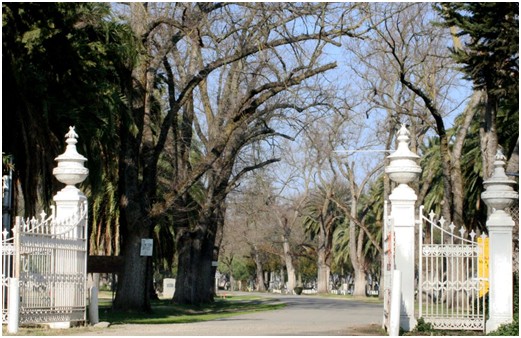
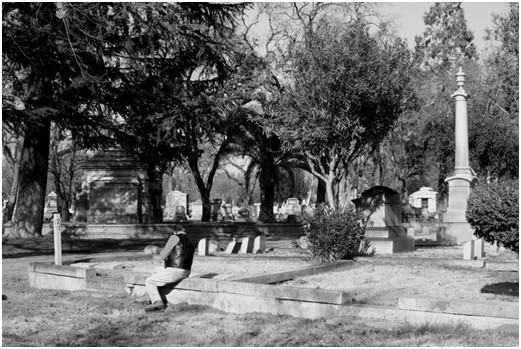
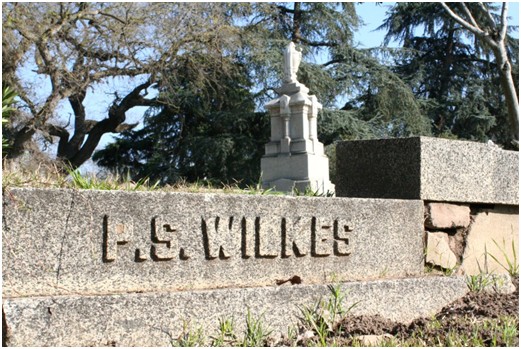
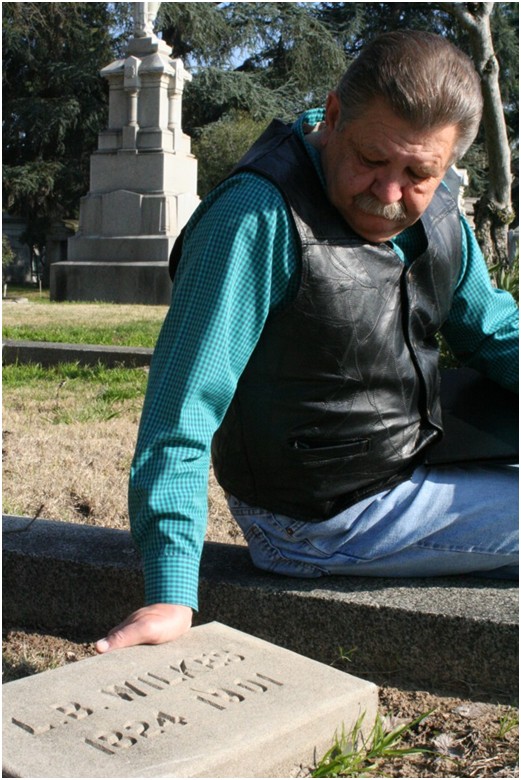
Wayne Jackson (1937-2020) At The Grave Of L.B. Wilkes
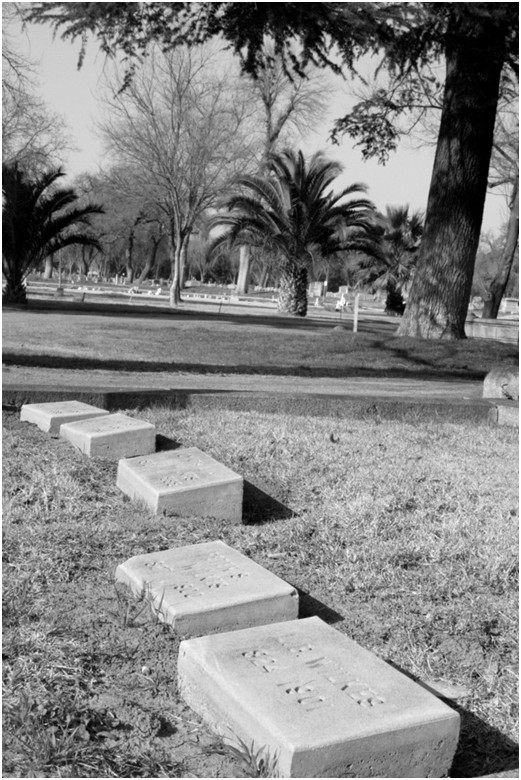
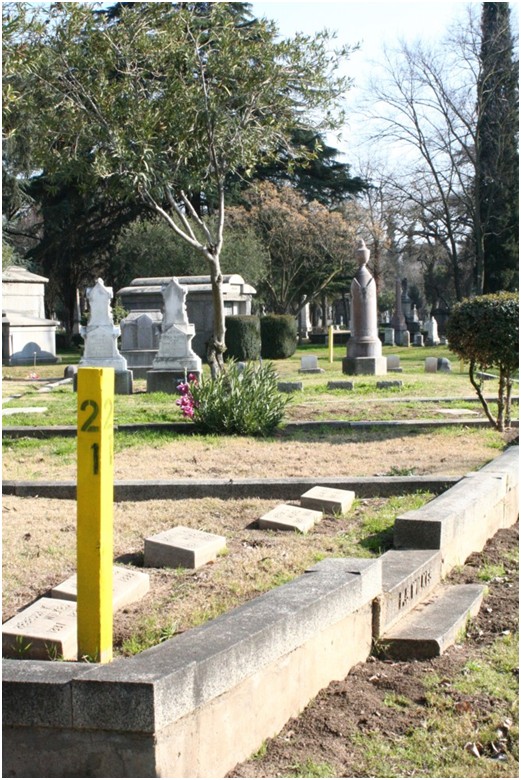
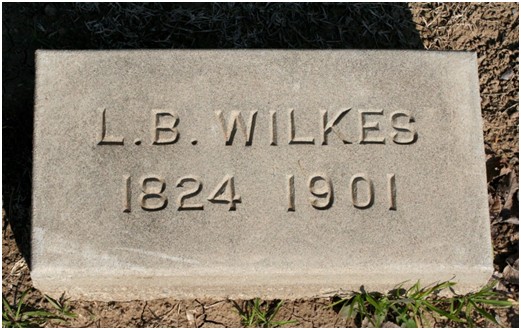
L. B. Wilkes
1824 1901
Special Thanks: One of the great pleasures of my life has been to know and associate with Wayne Jackson (1937-2020). We met he and Betty when they visited the North Shore, Auckland work in New Zealand in 1990. From that time we have enjoyed our association with them, even if from across the country. In the last year Wayne's health has suffered as he has battled cancer. Our prayers are often on his behalf. He is a great soldier of the cross. In February, 2008, I was contacted by Wayne to say he was willing to help me put a website together honoring the life and work L.B. Wilkes. As Wilkes ended his time on earth in Stockton, California, it was a great favor to students of the RM to get his assistance. I want to greatly thank Wayne for taking time to put together a wonderful biographical sketch, as well as visit the grave of L.B. Wilkes. Also, special thanks are extended to Julia Jenson for assisting Wayne by taking the photos of the grave you see here.
Recent update - We lost Wayne Jackson, December 2, 2020. With his loss, this world is poorer and heaven is sweeter, indeed!
![]()
